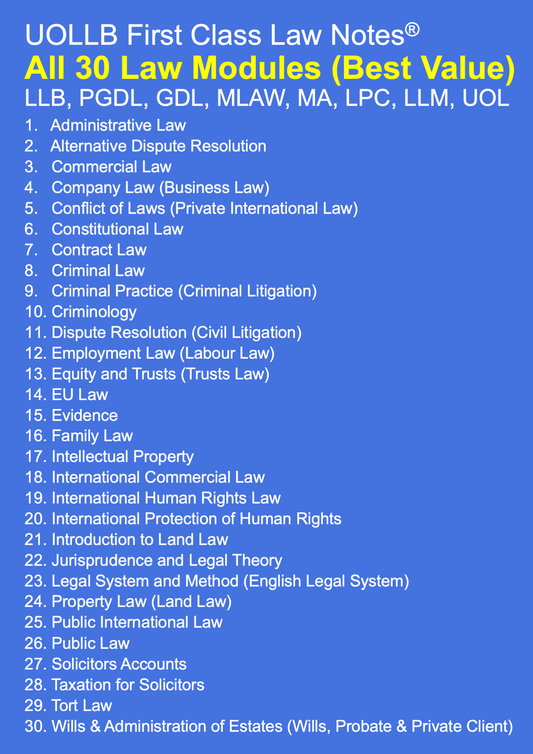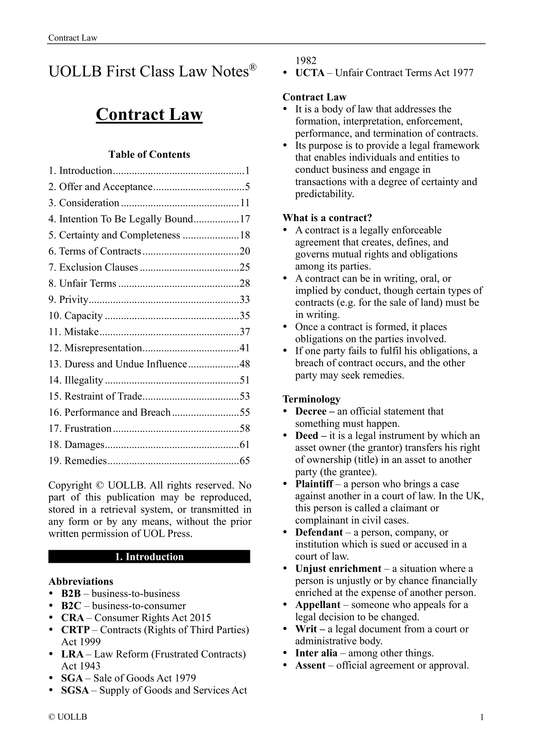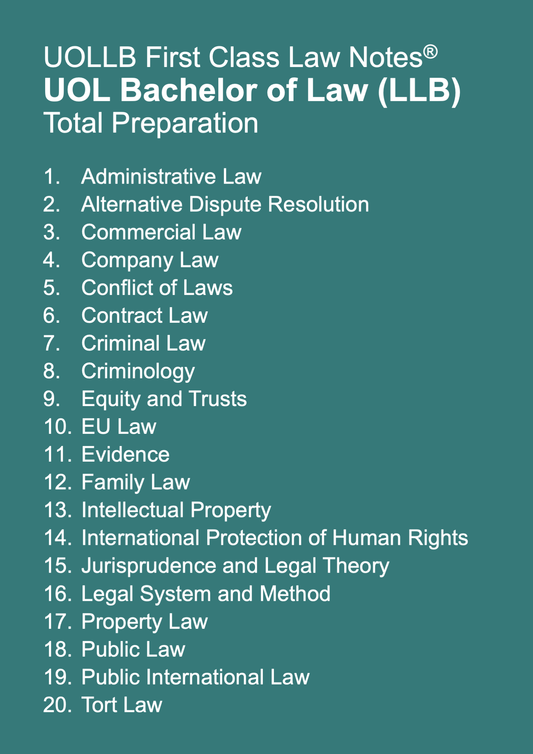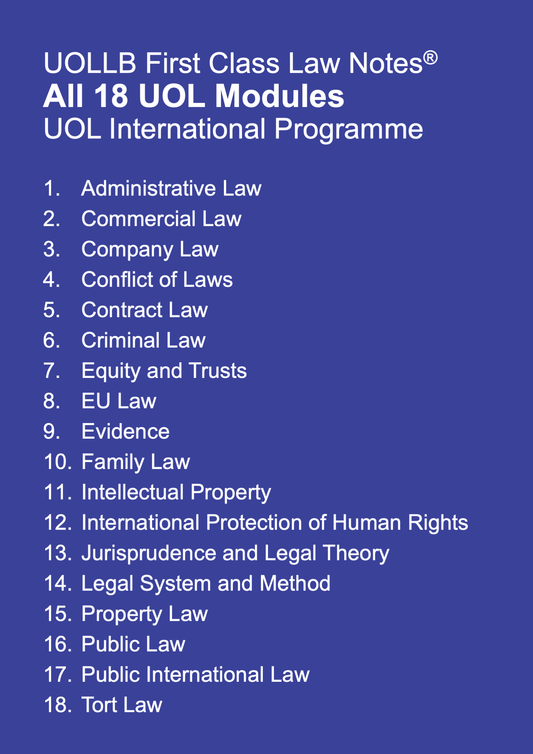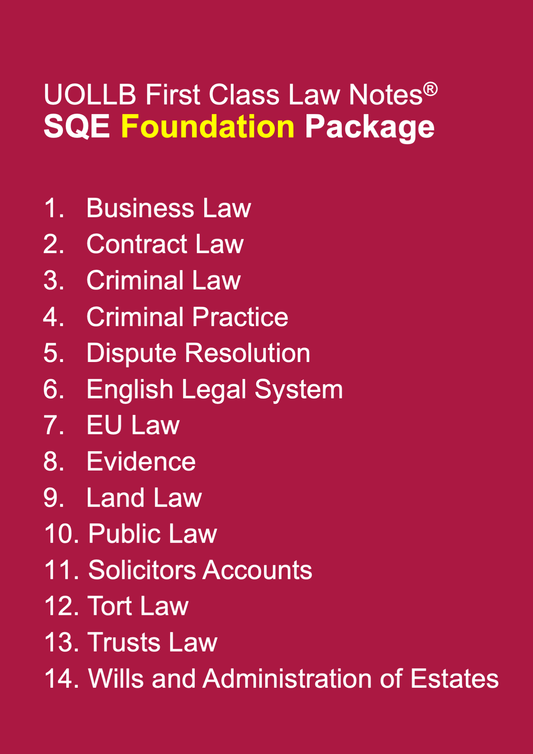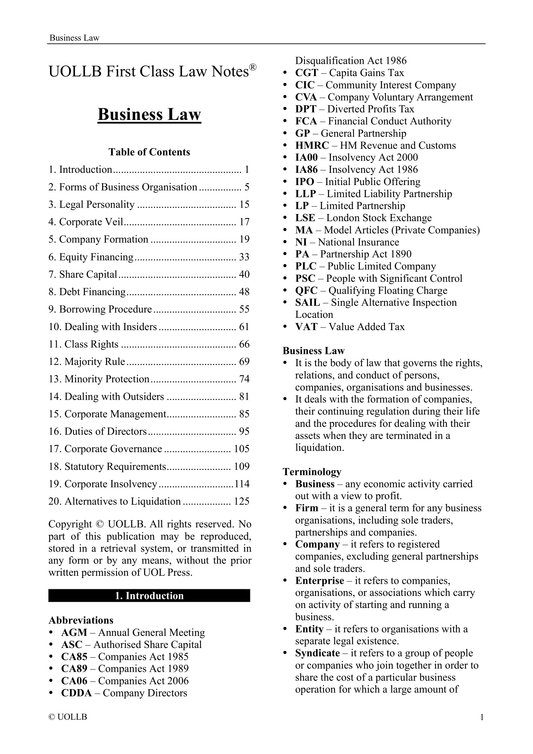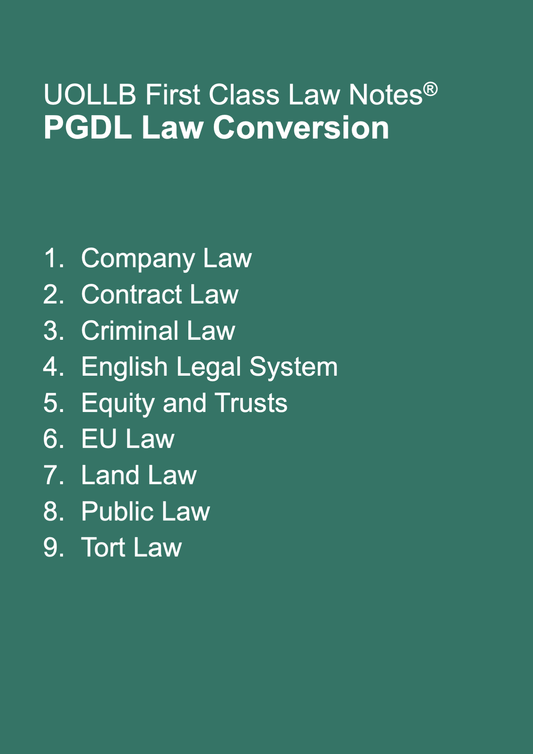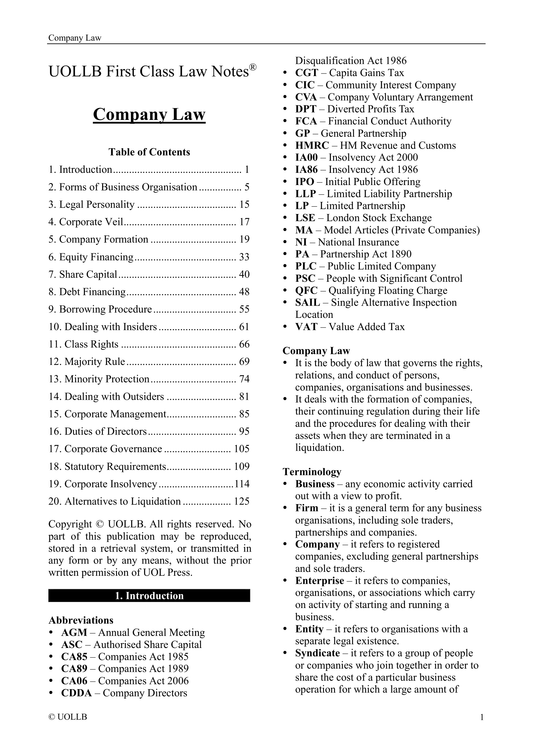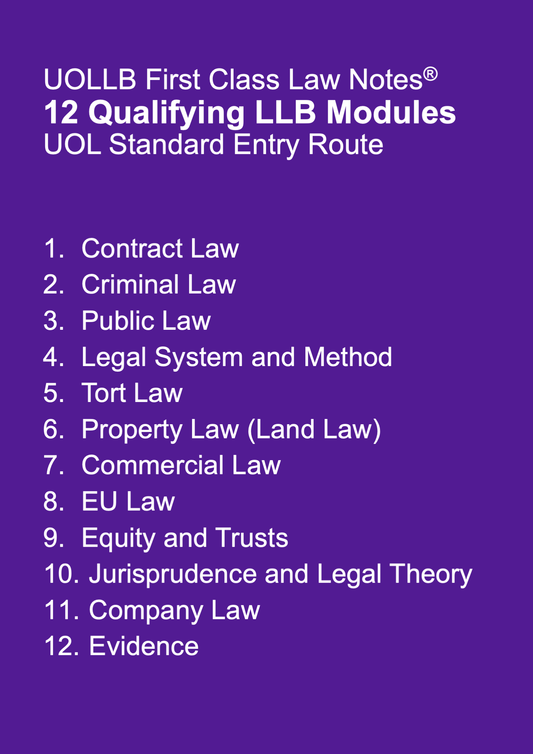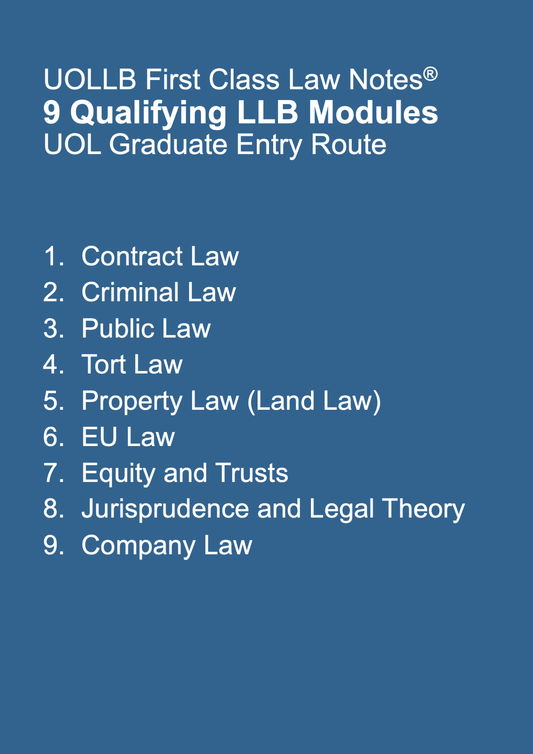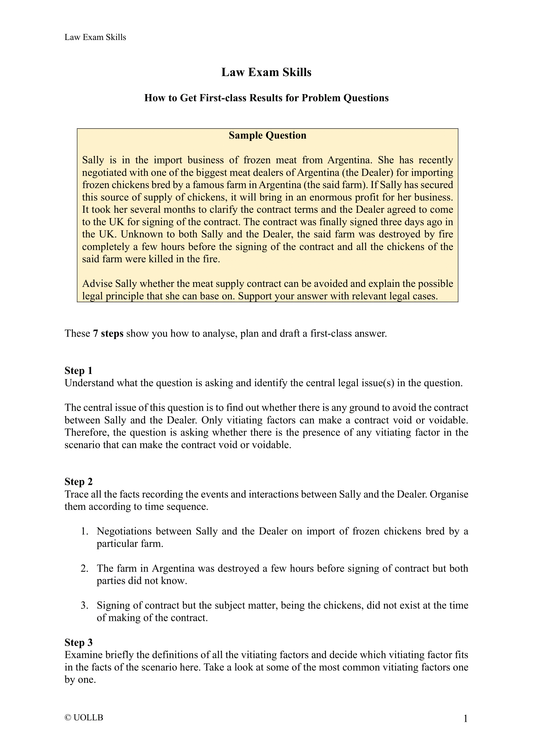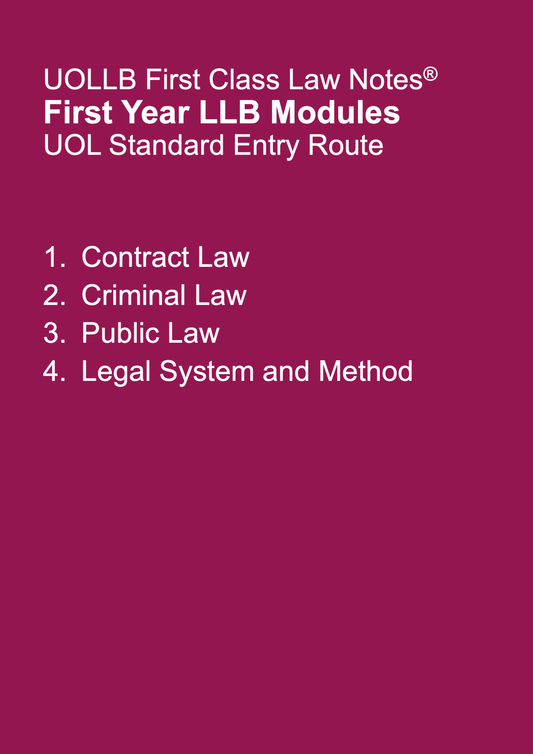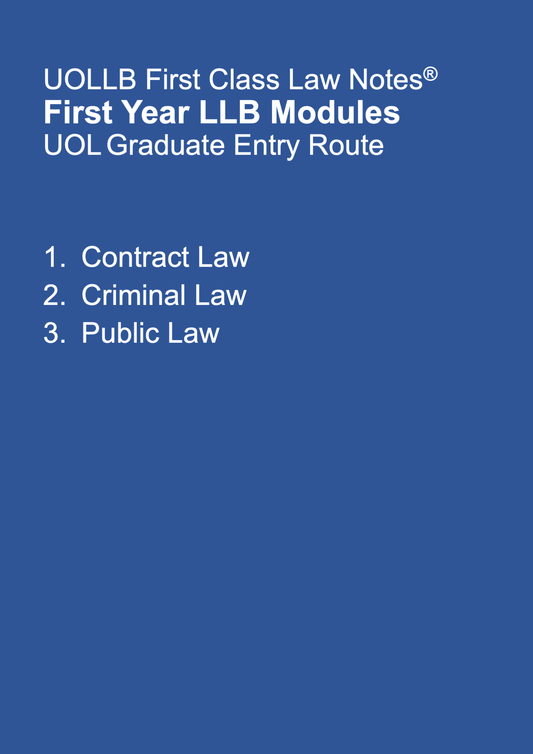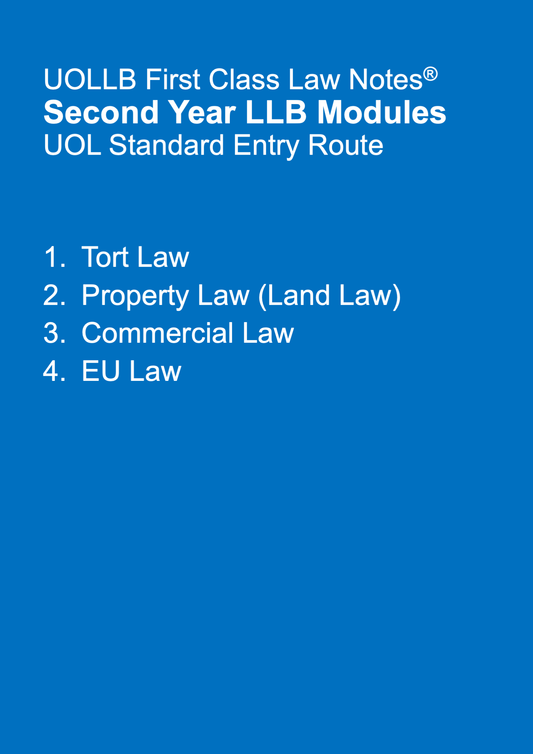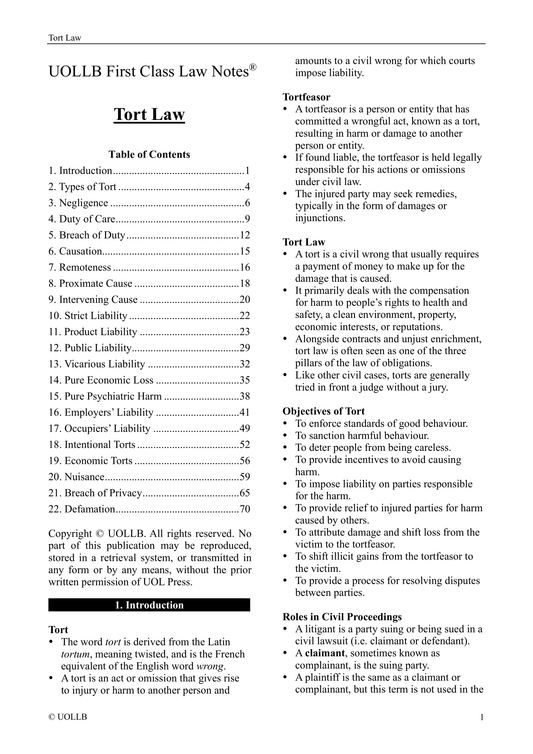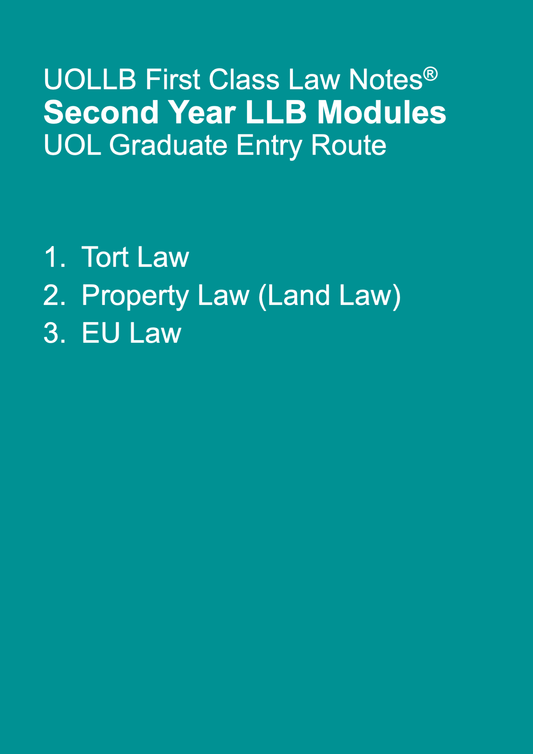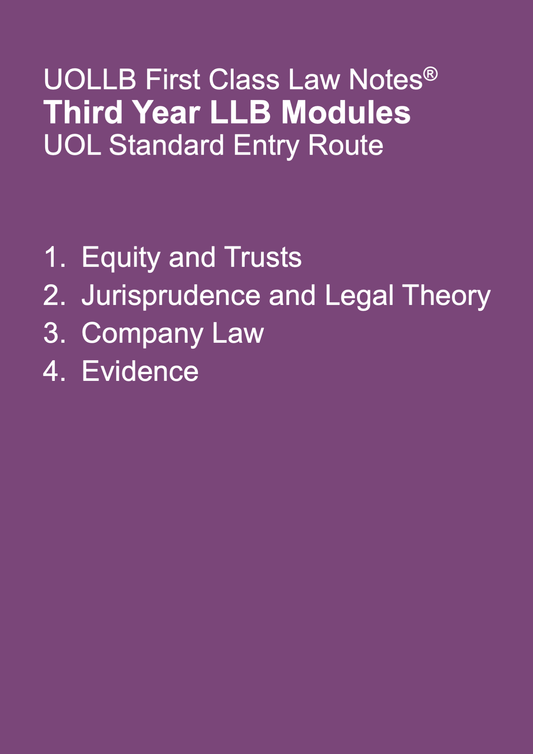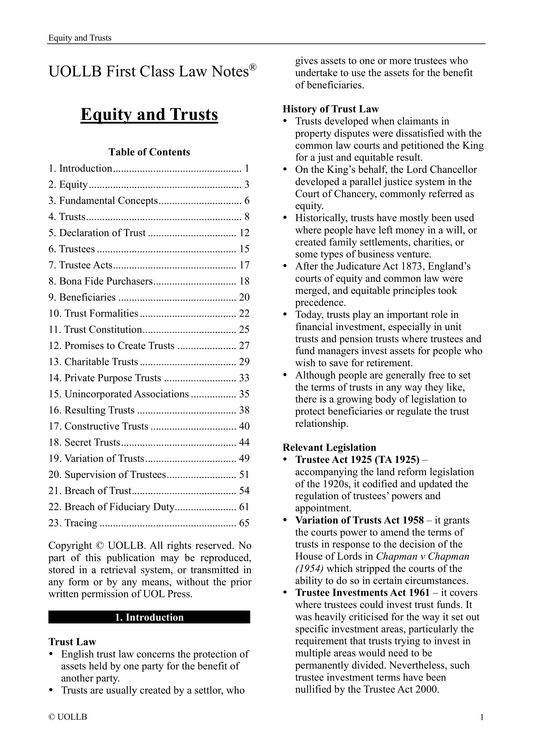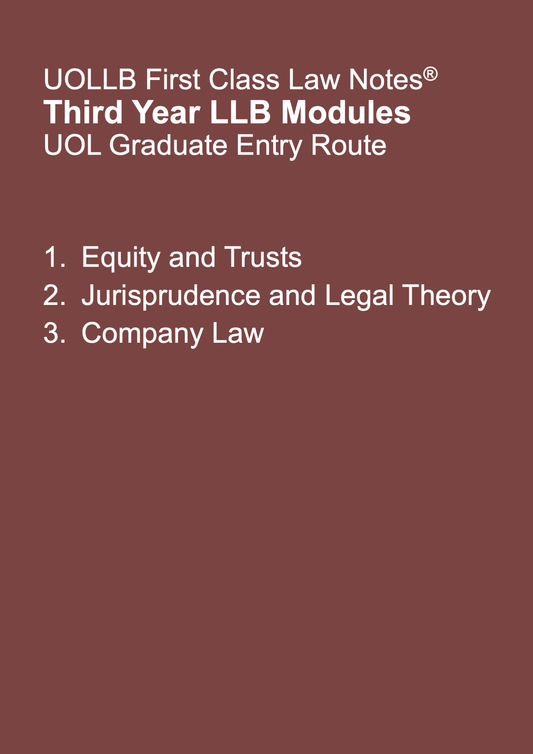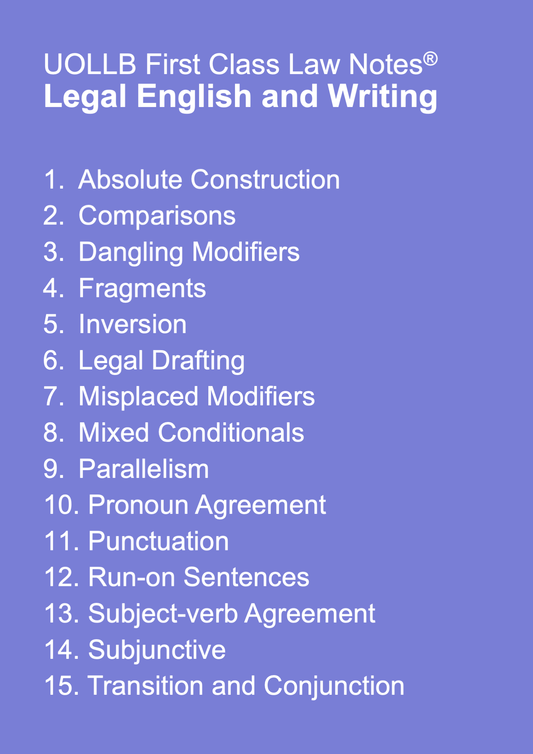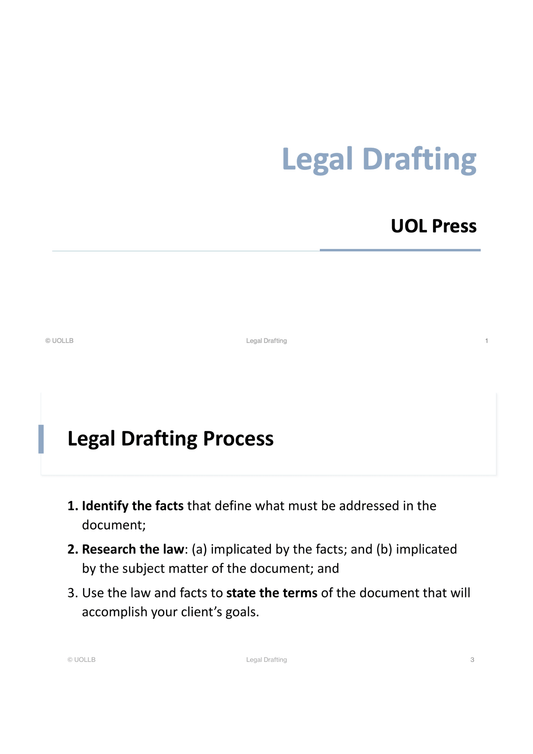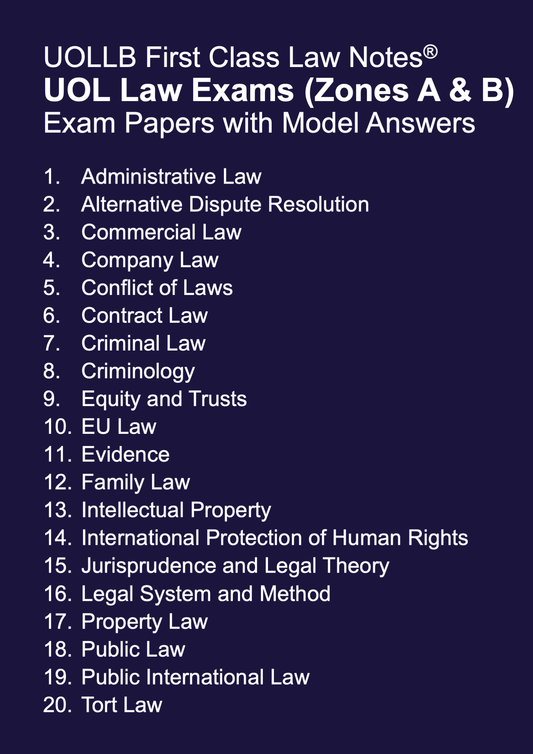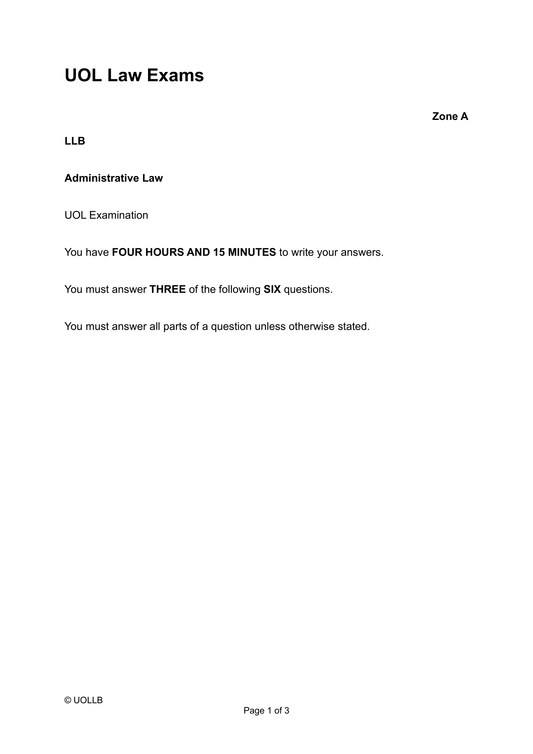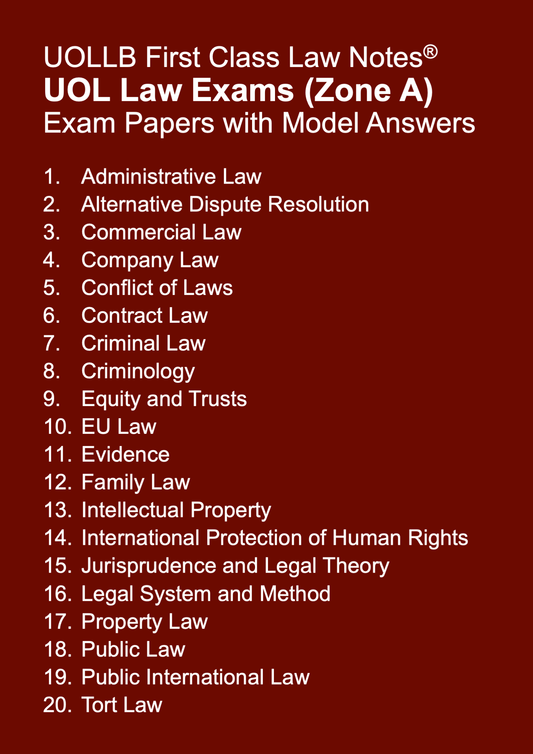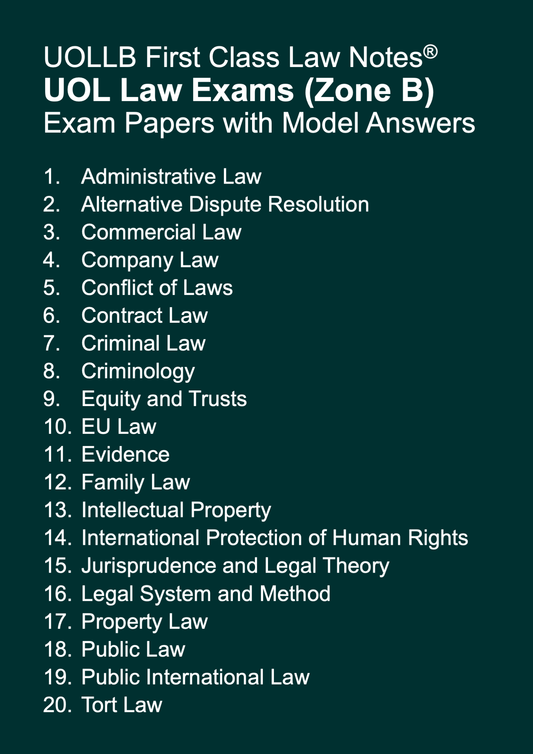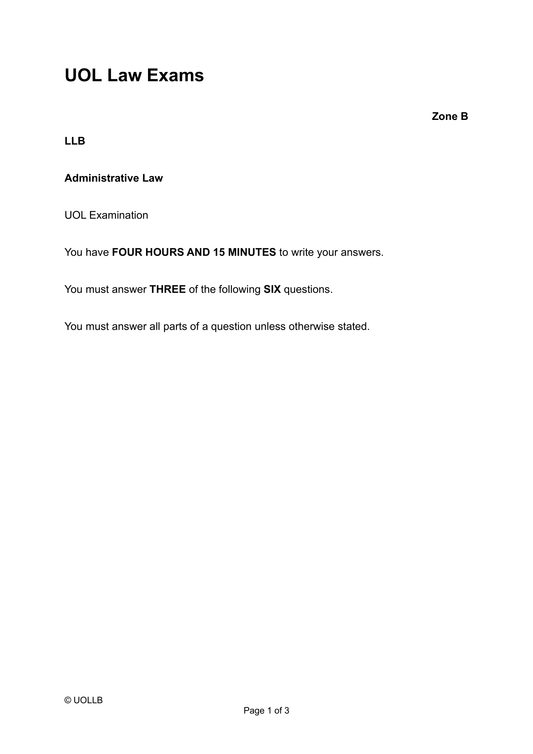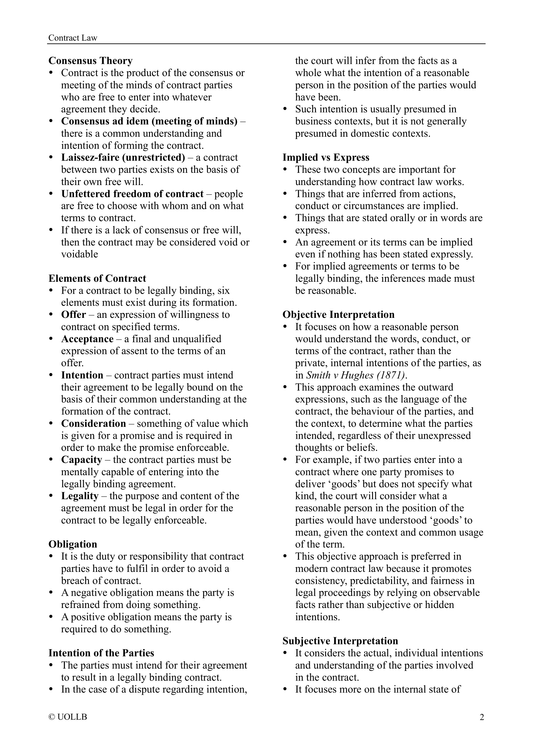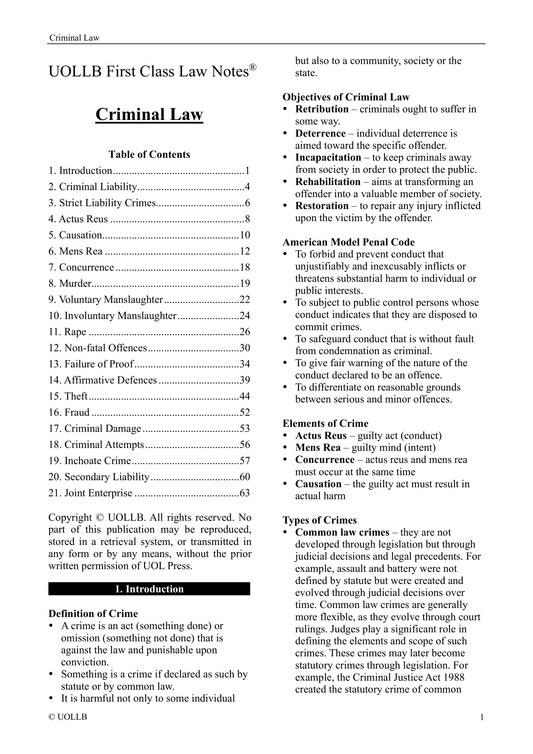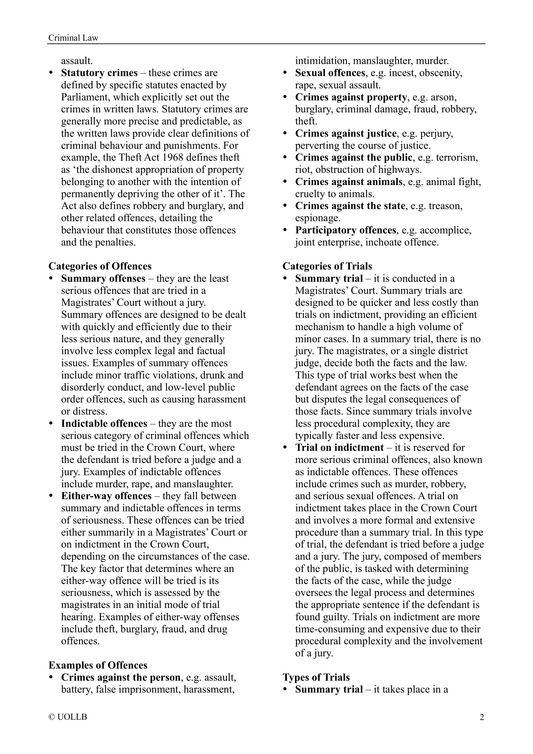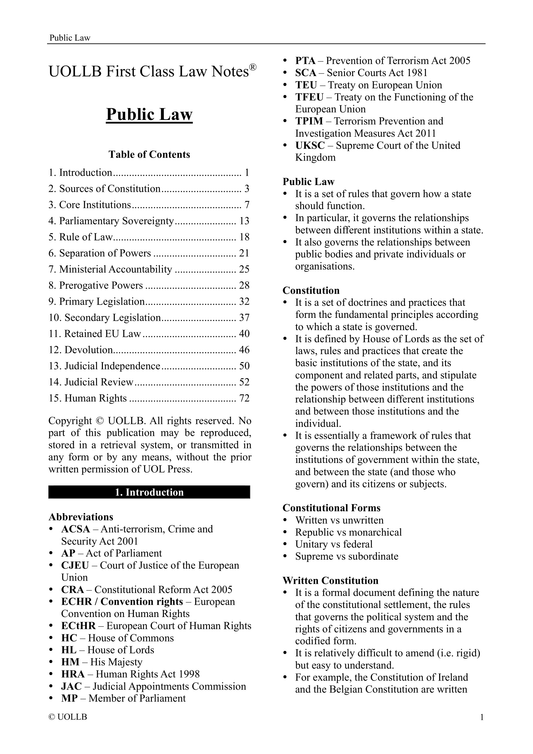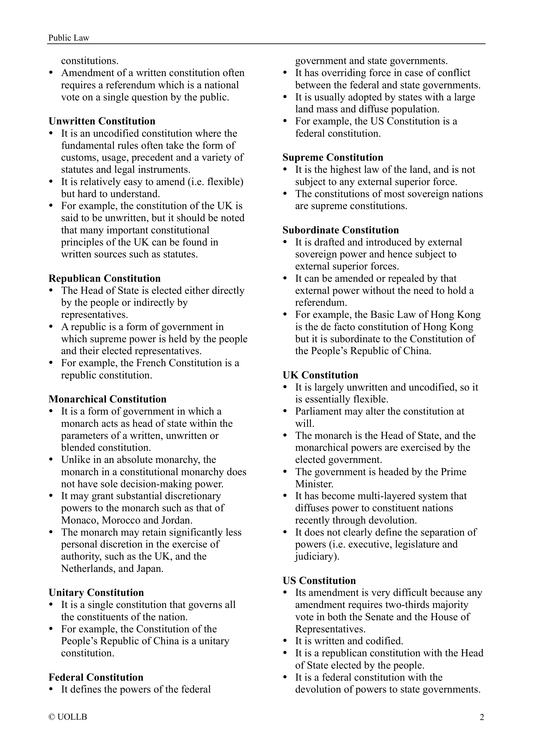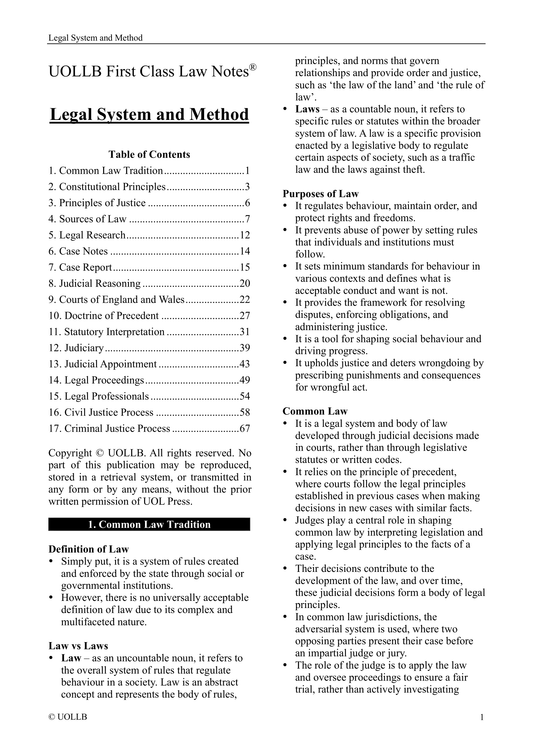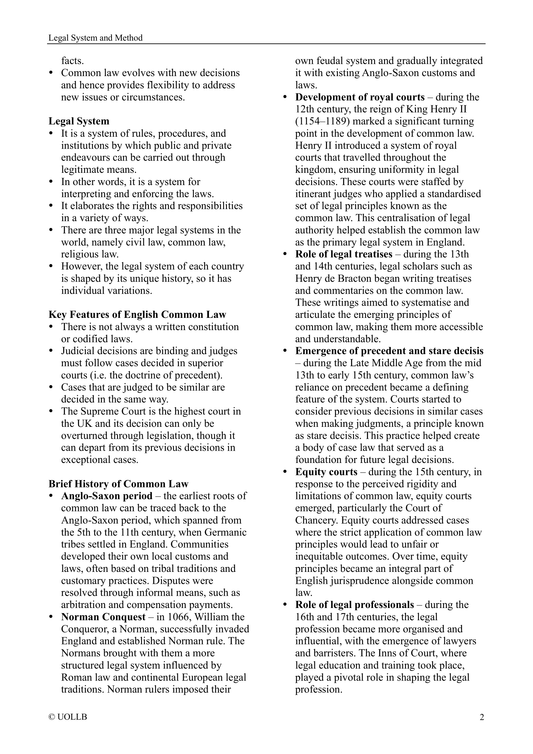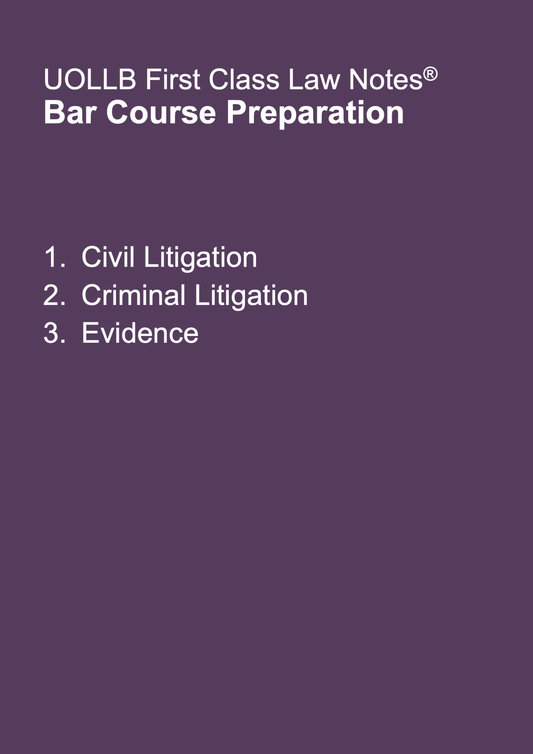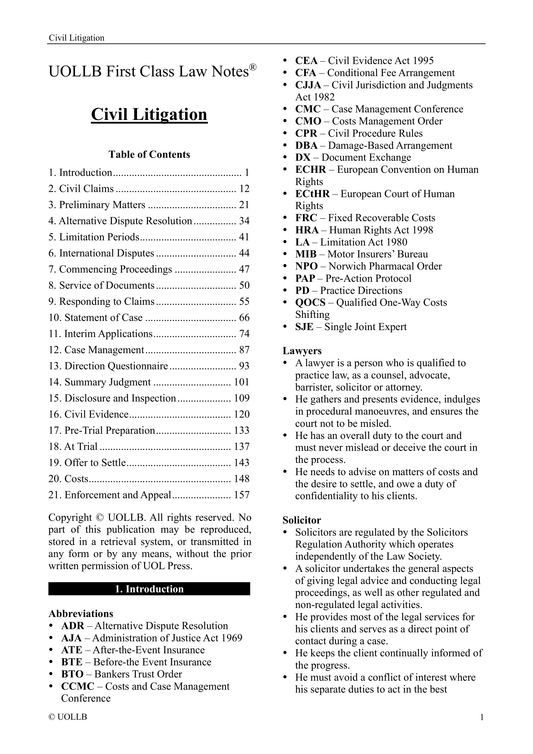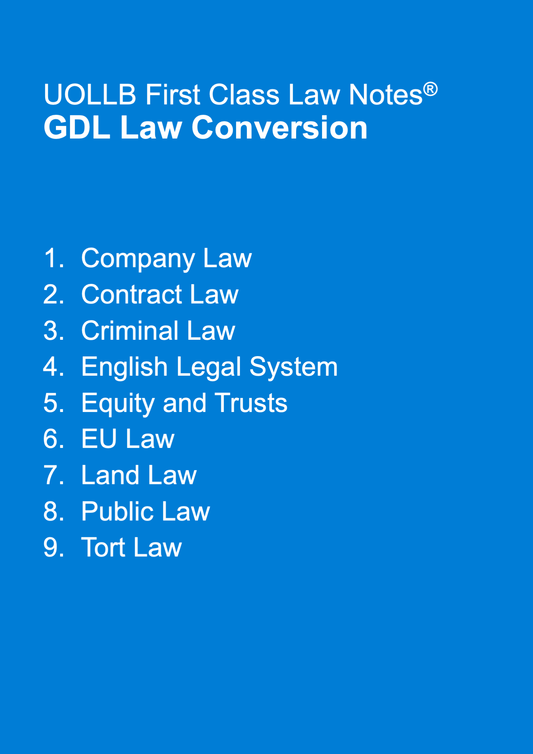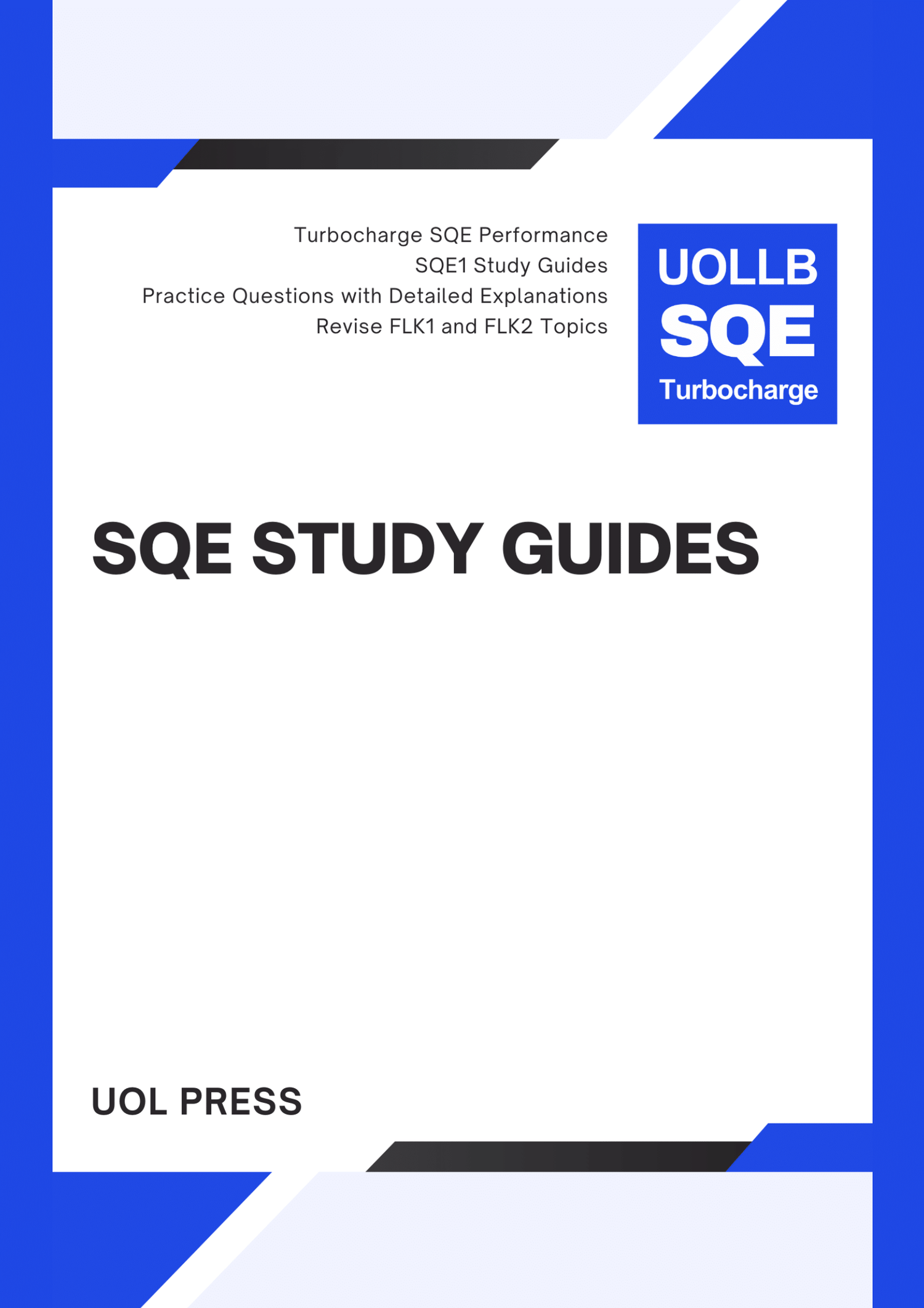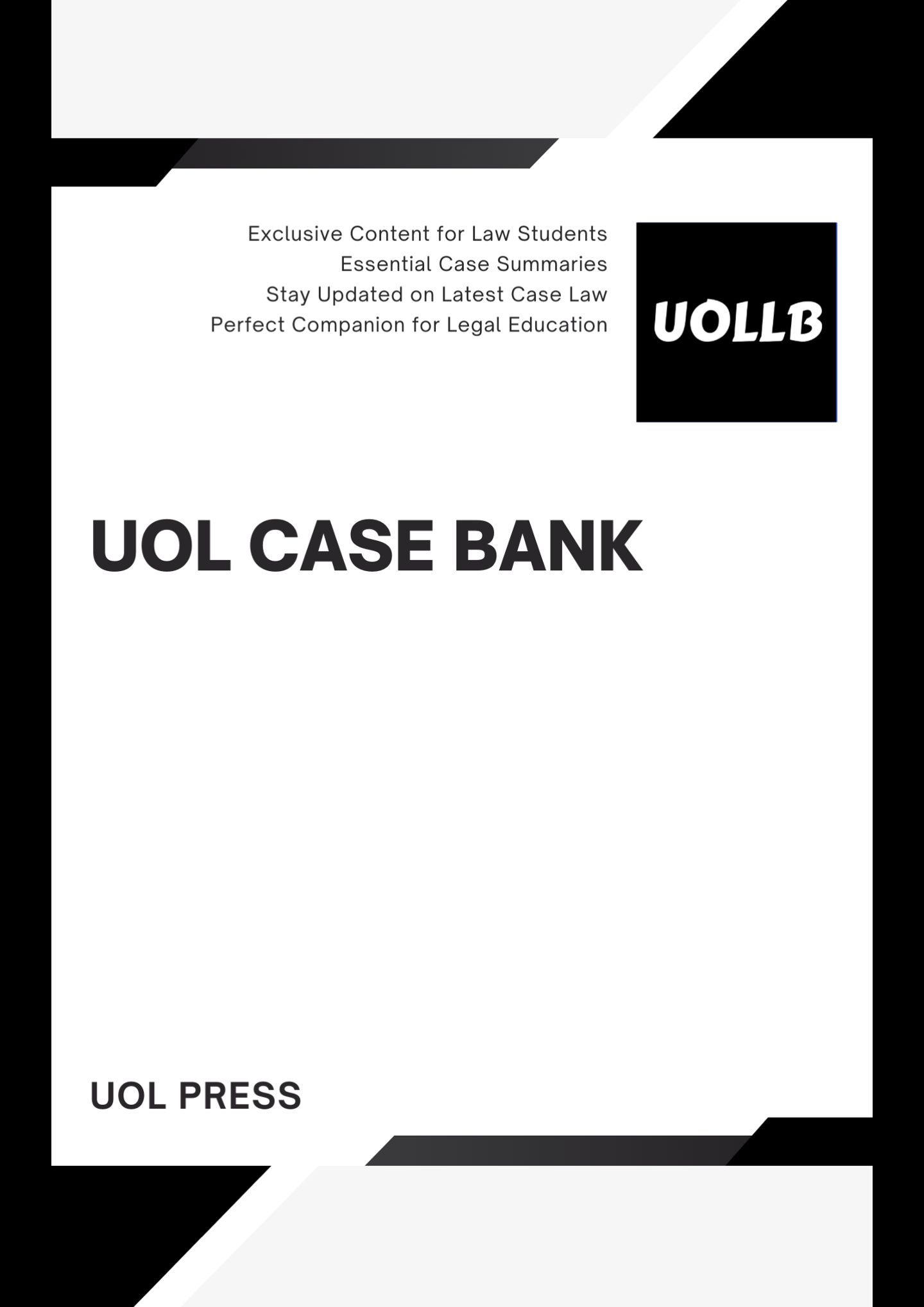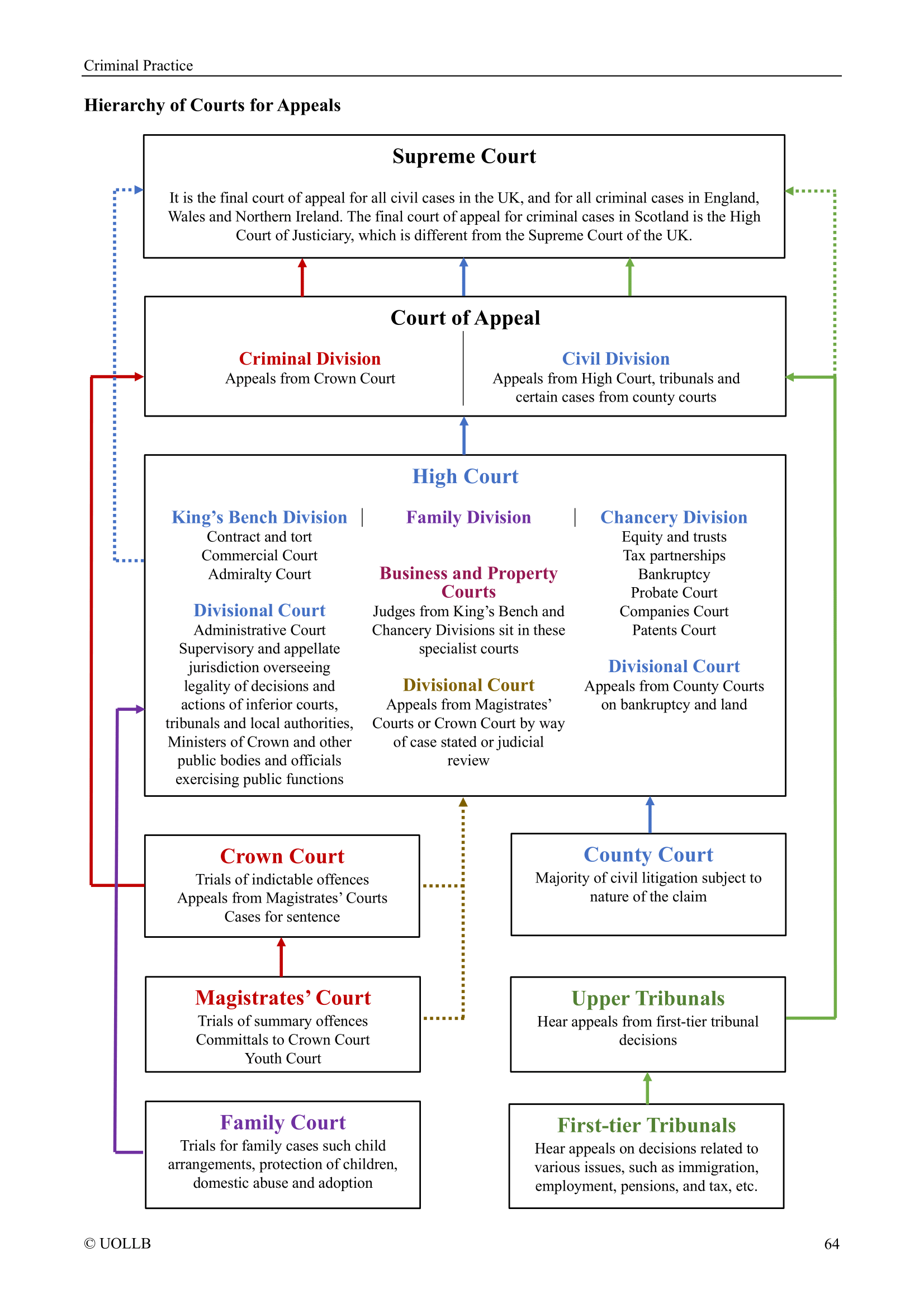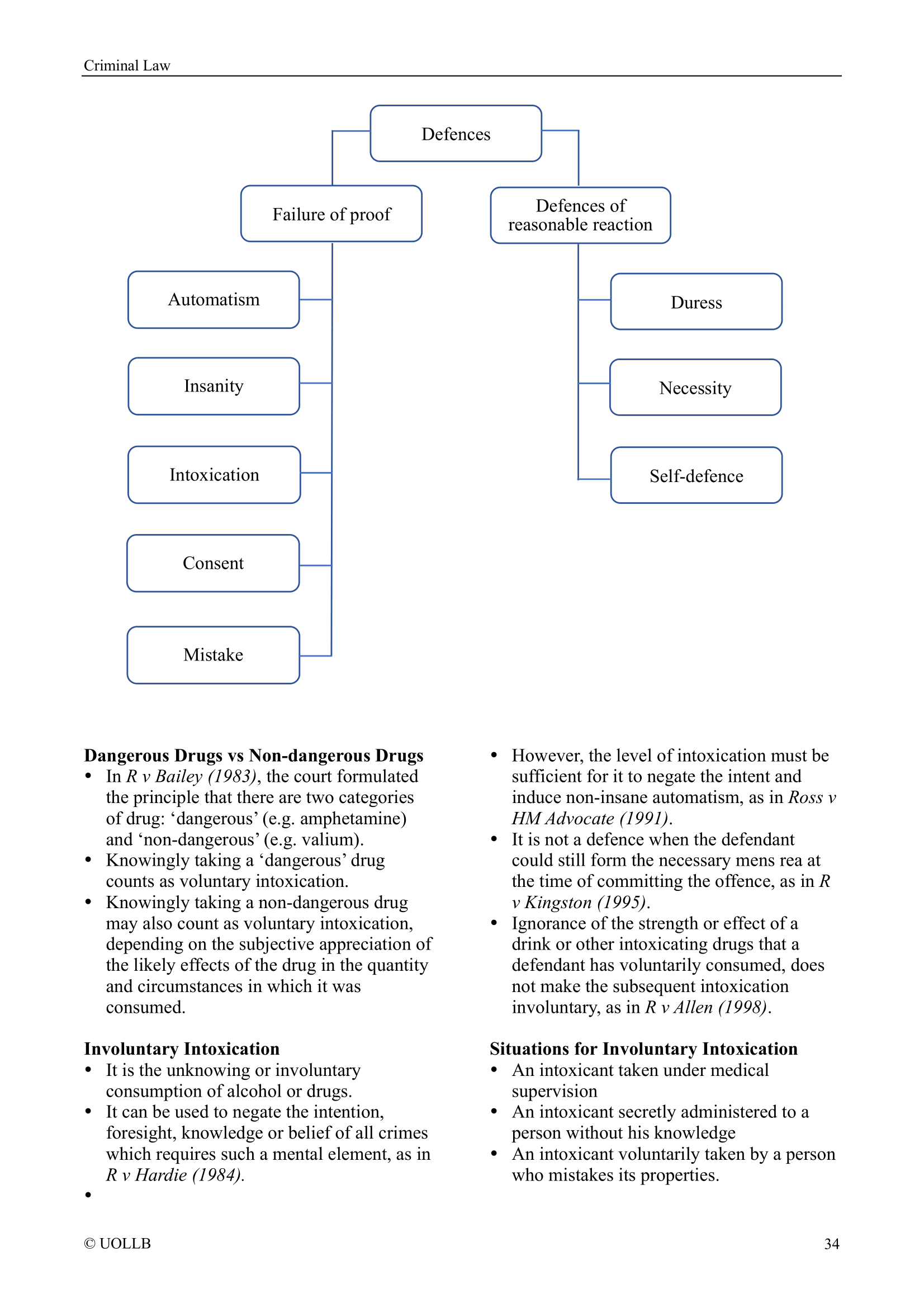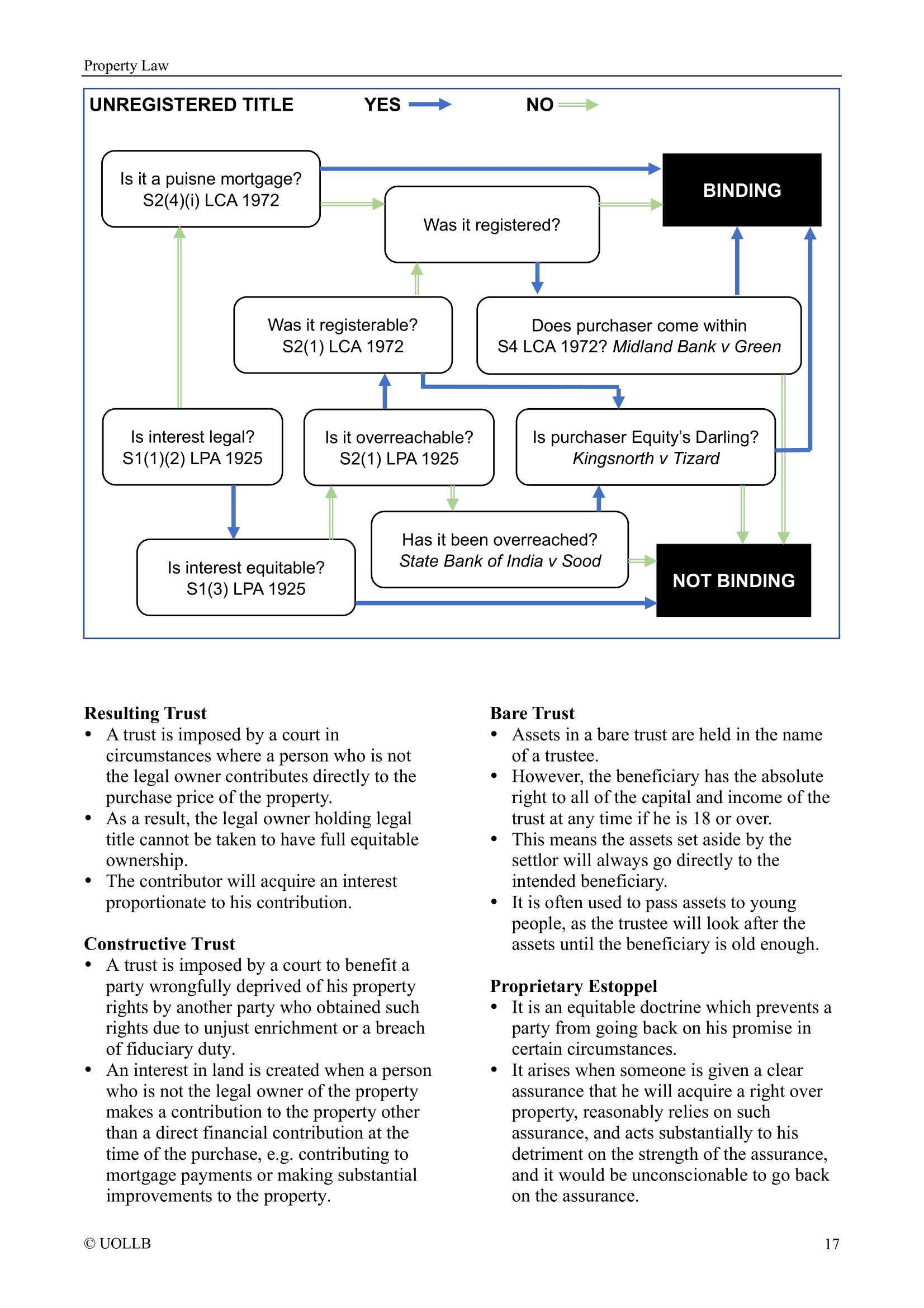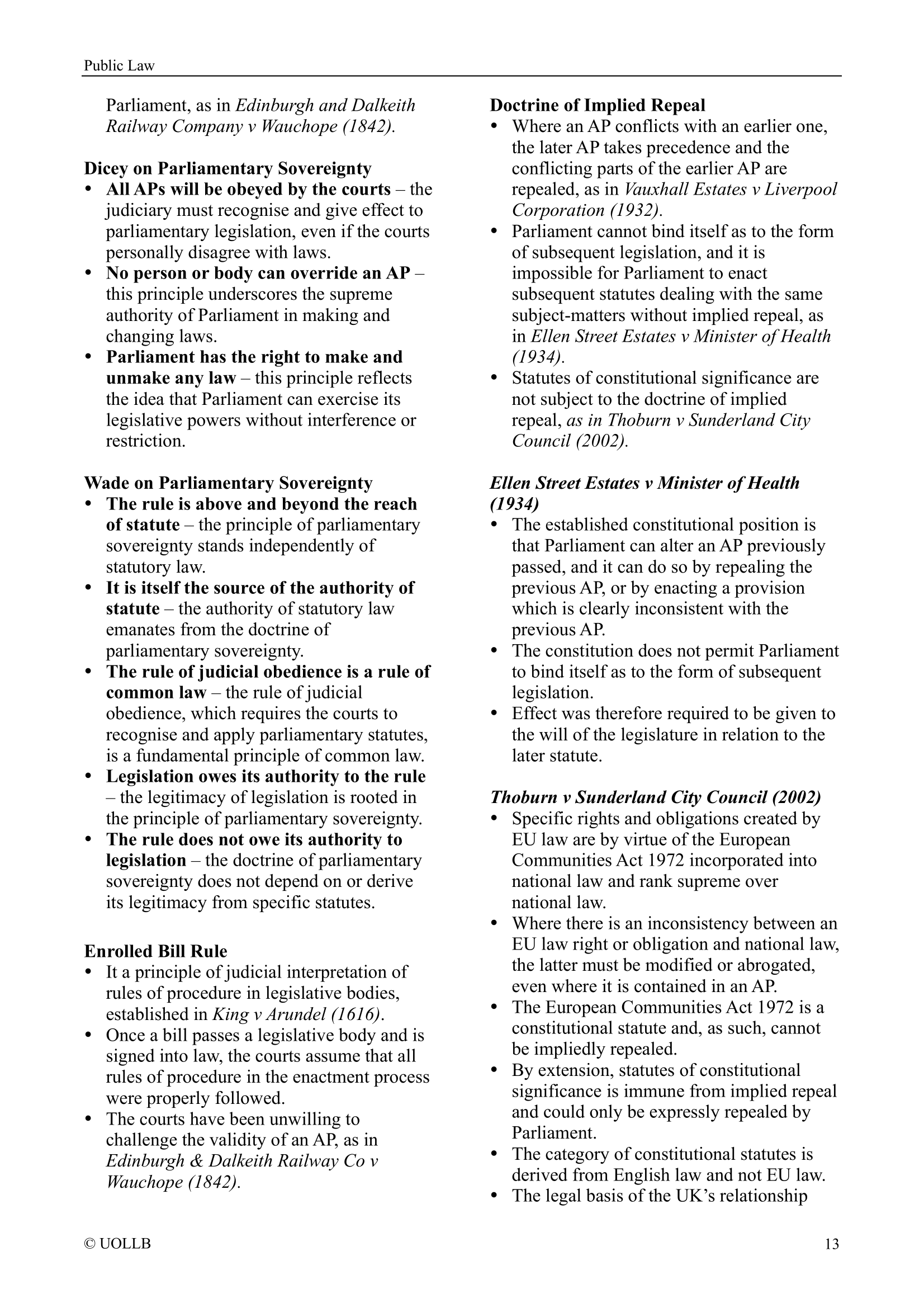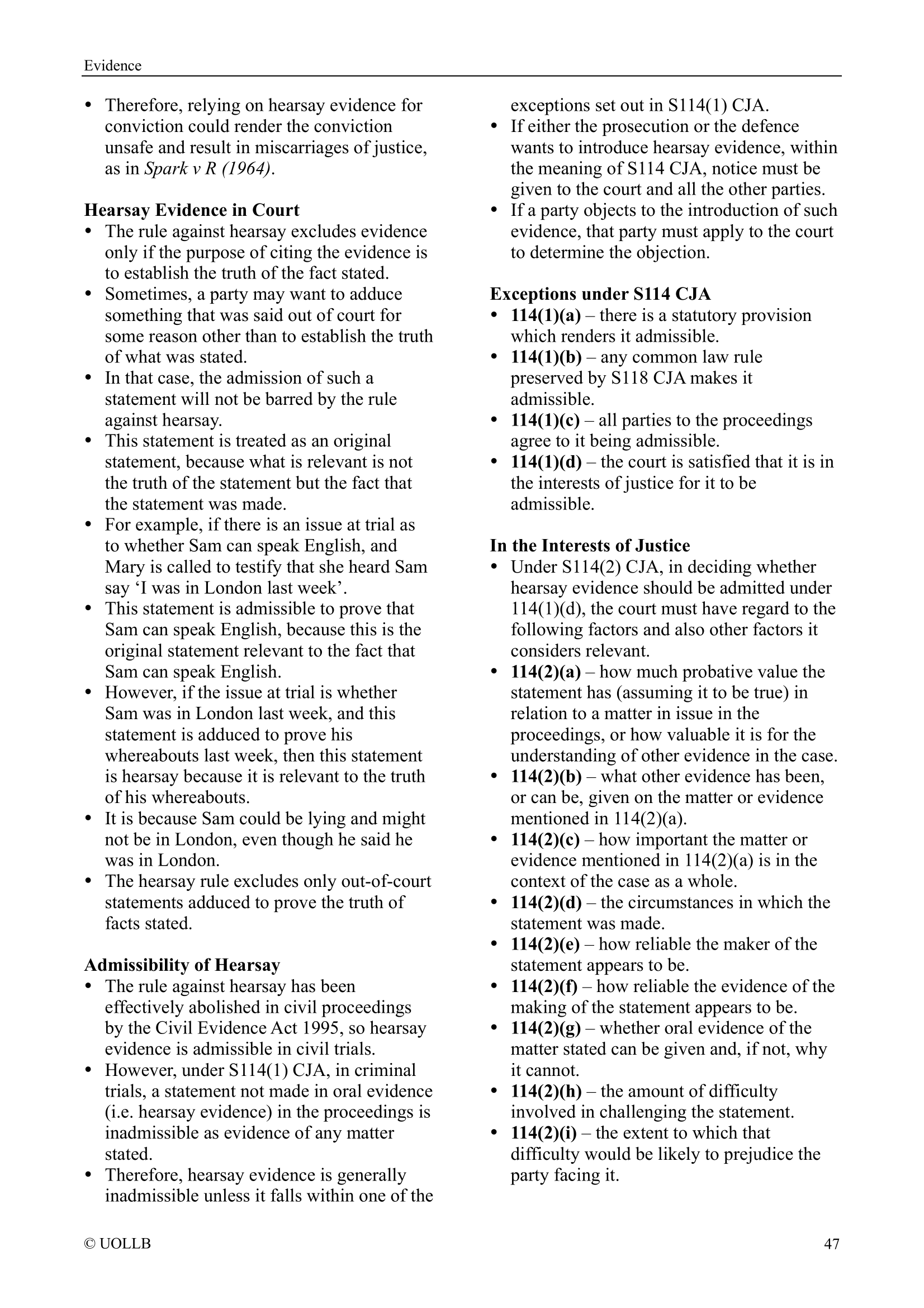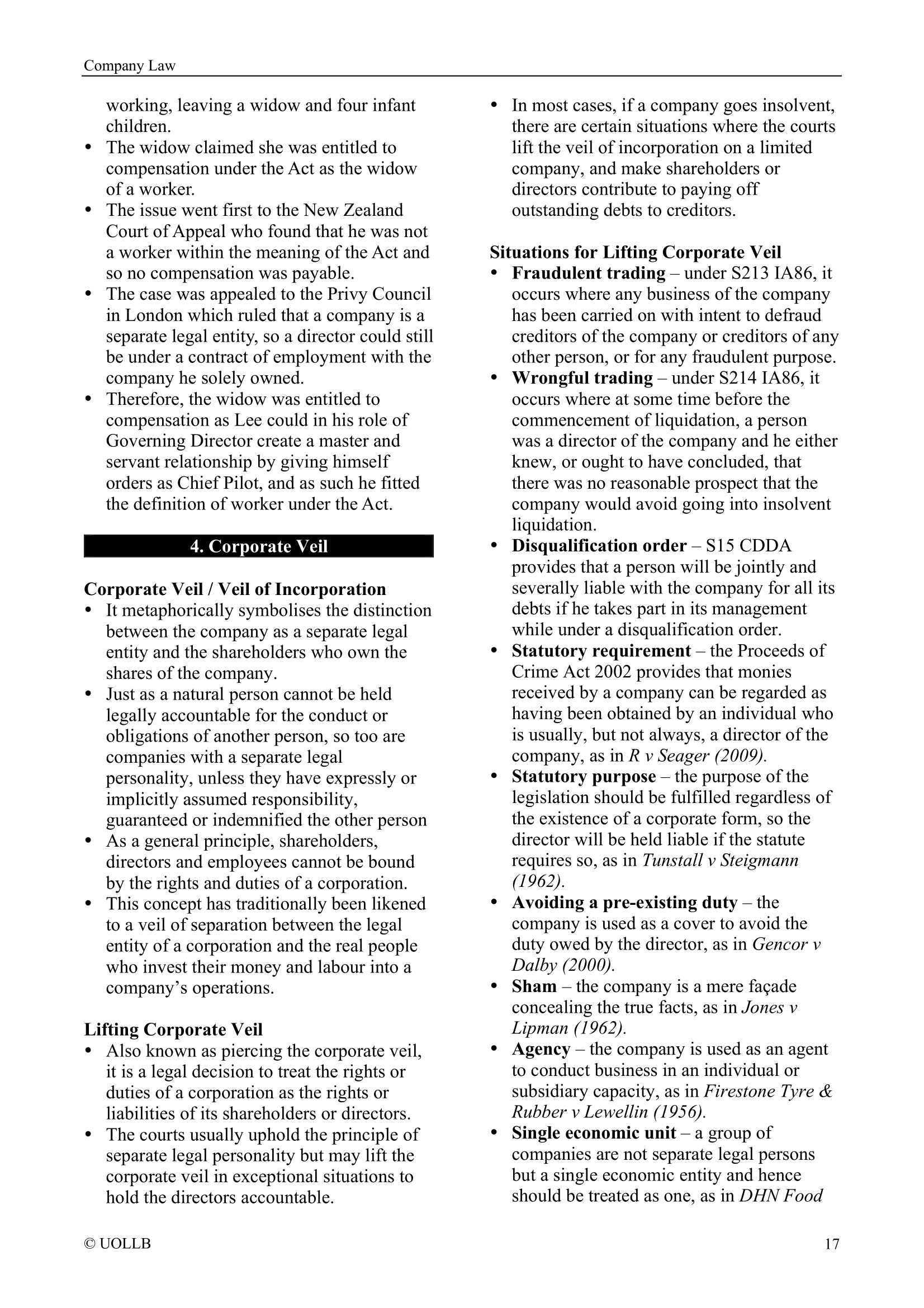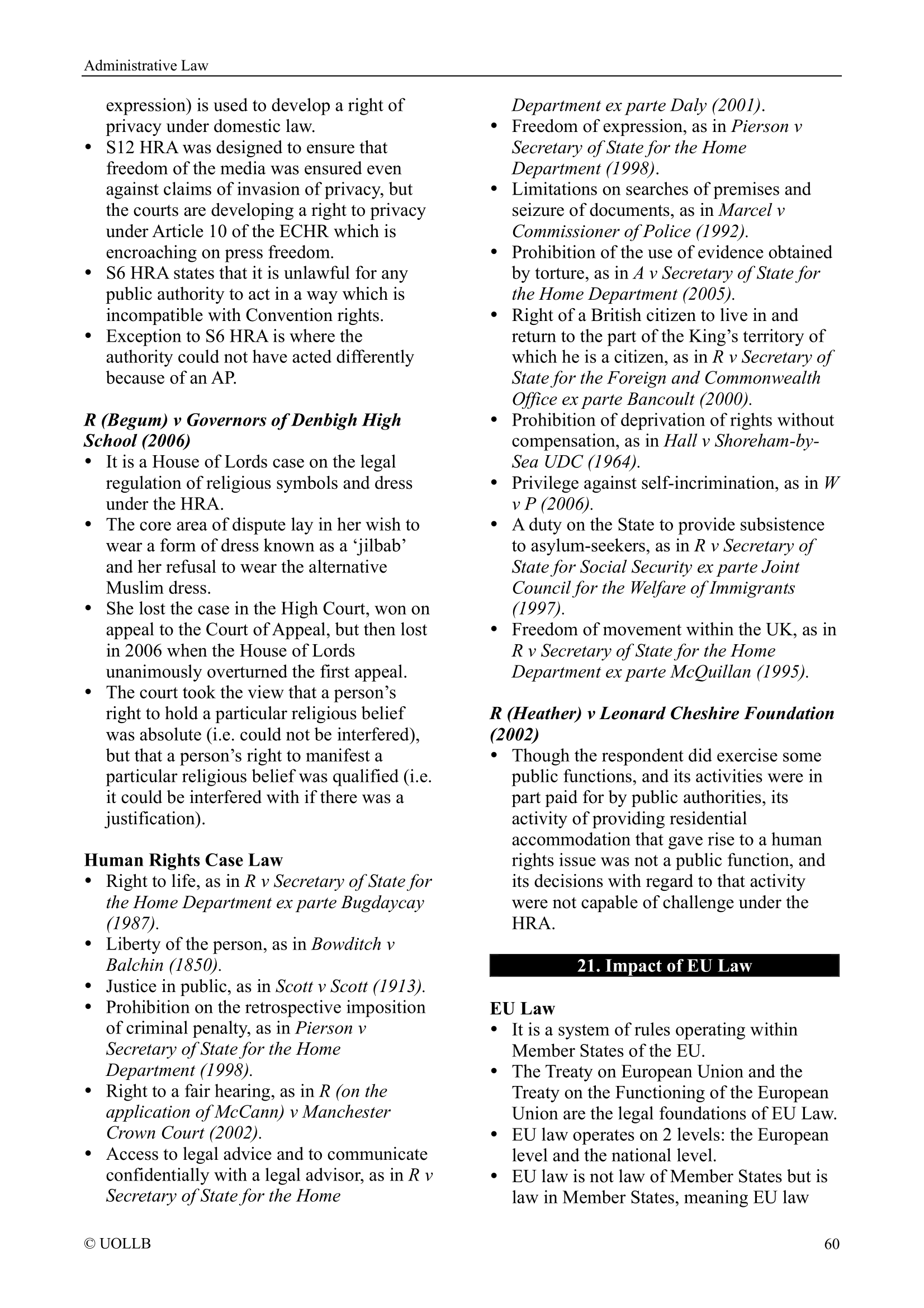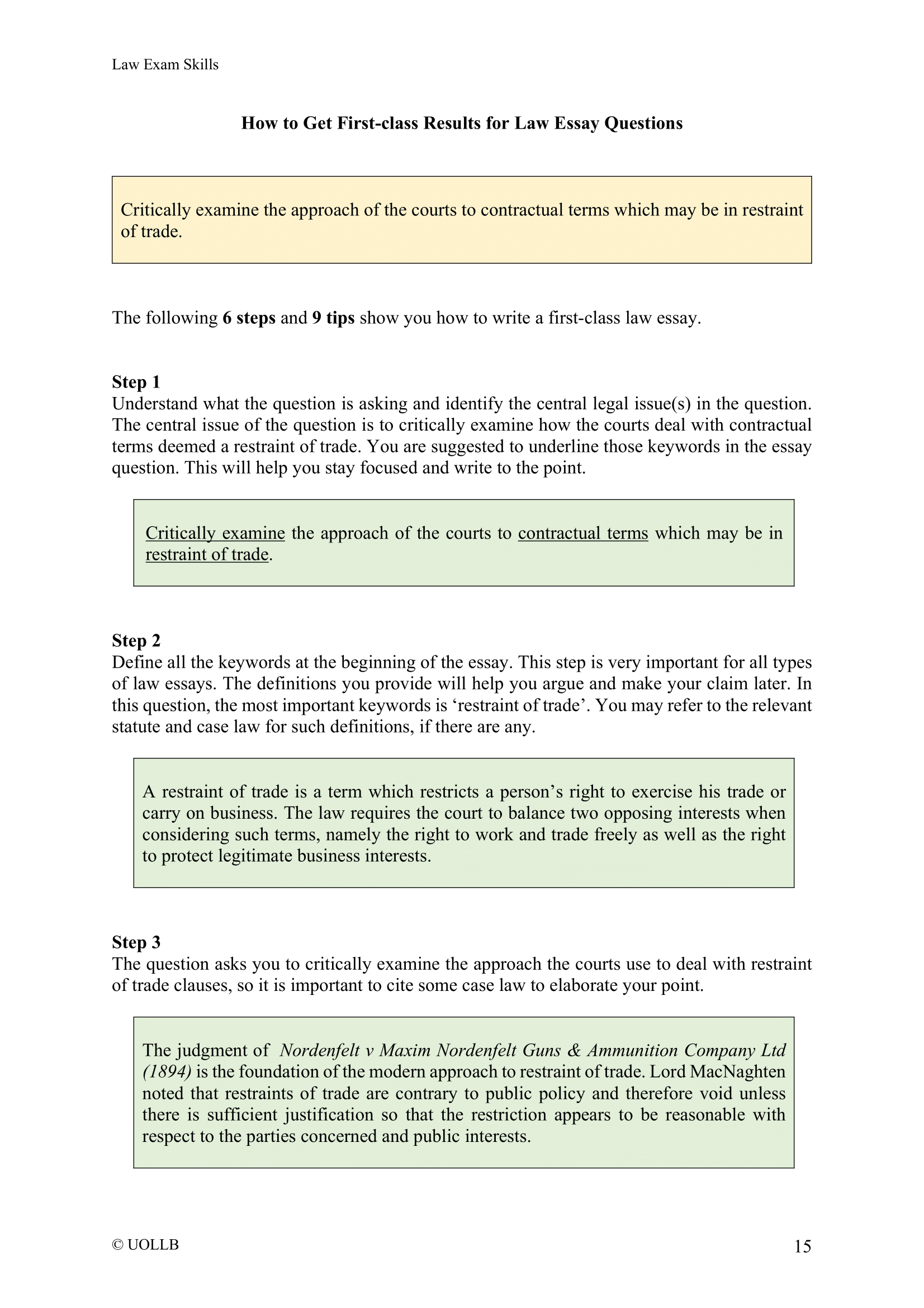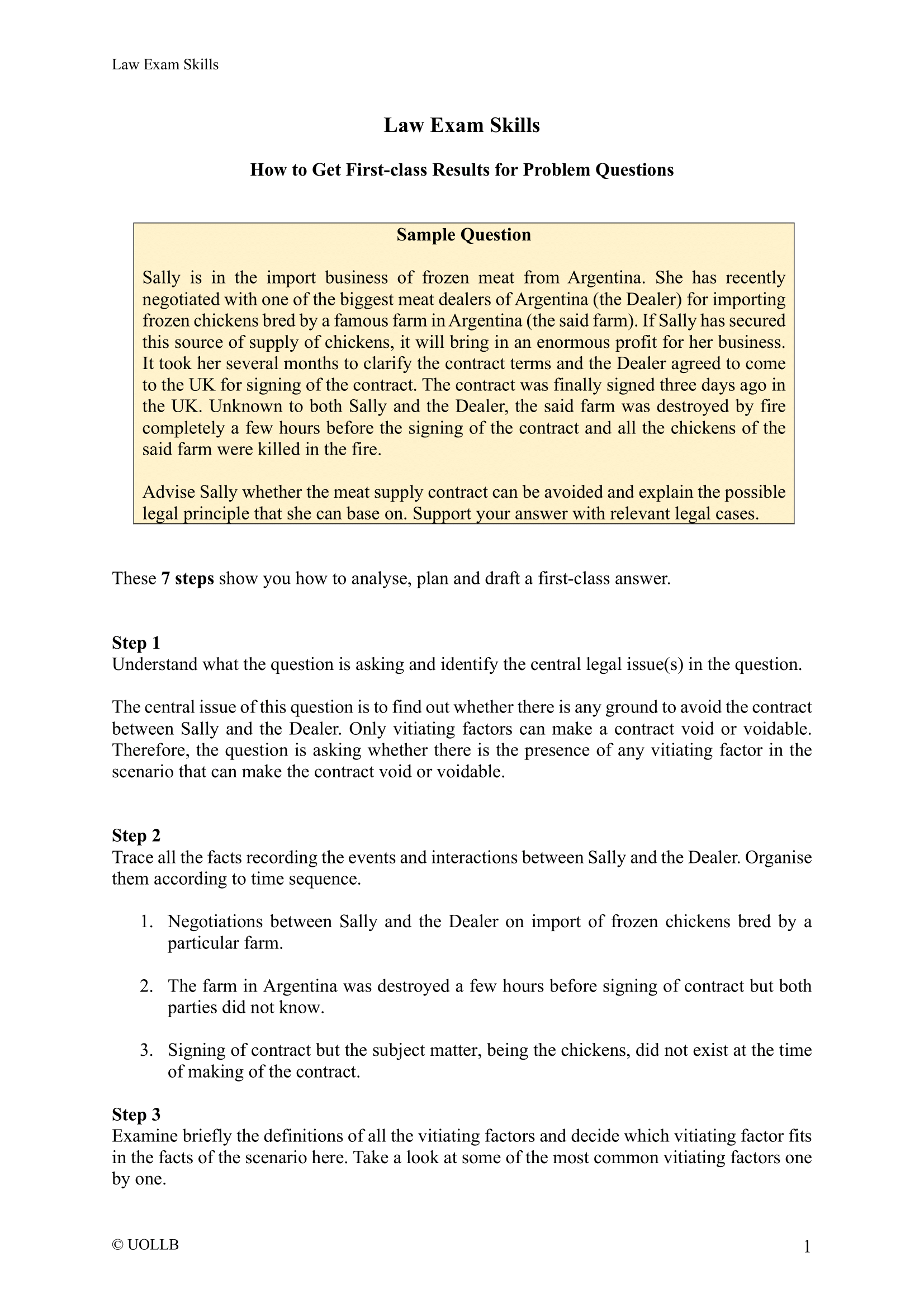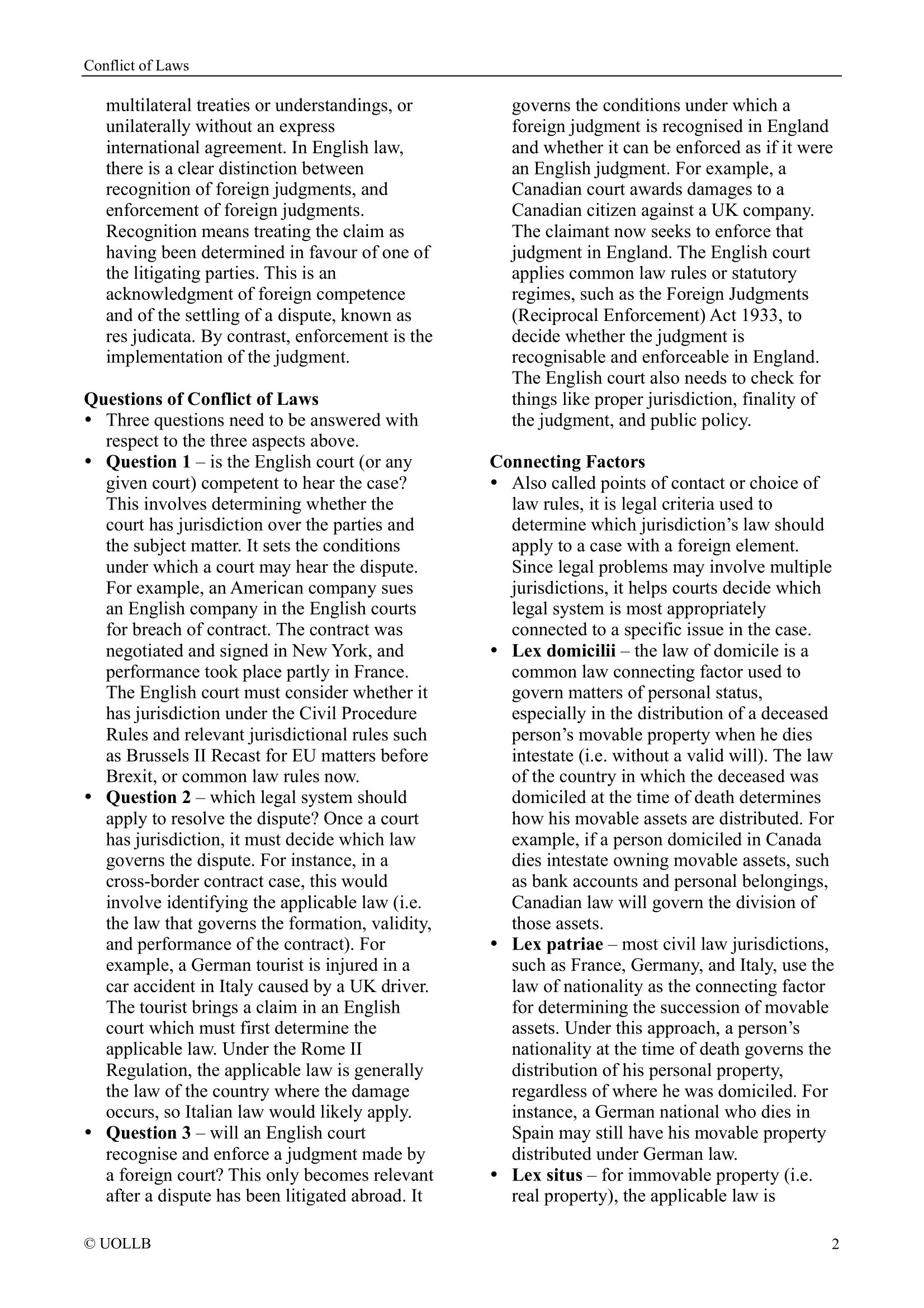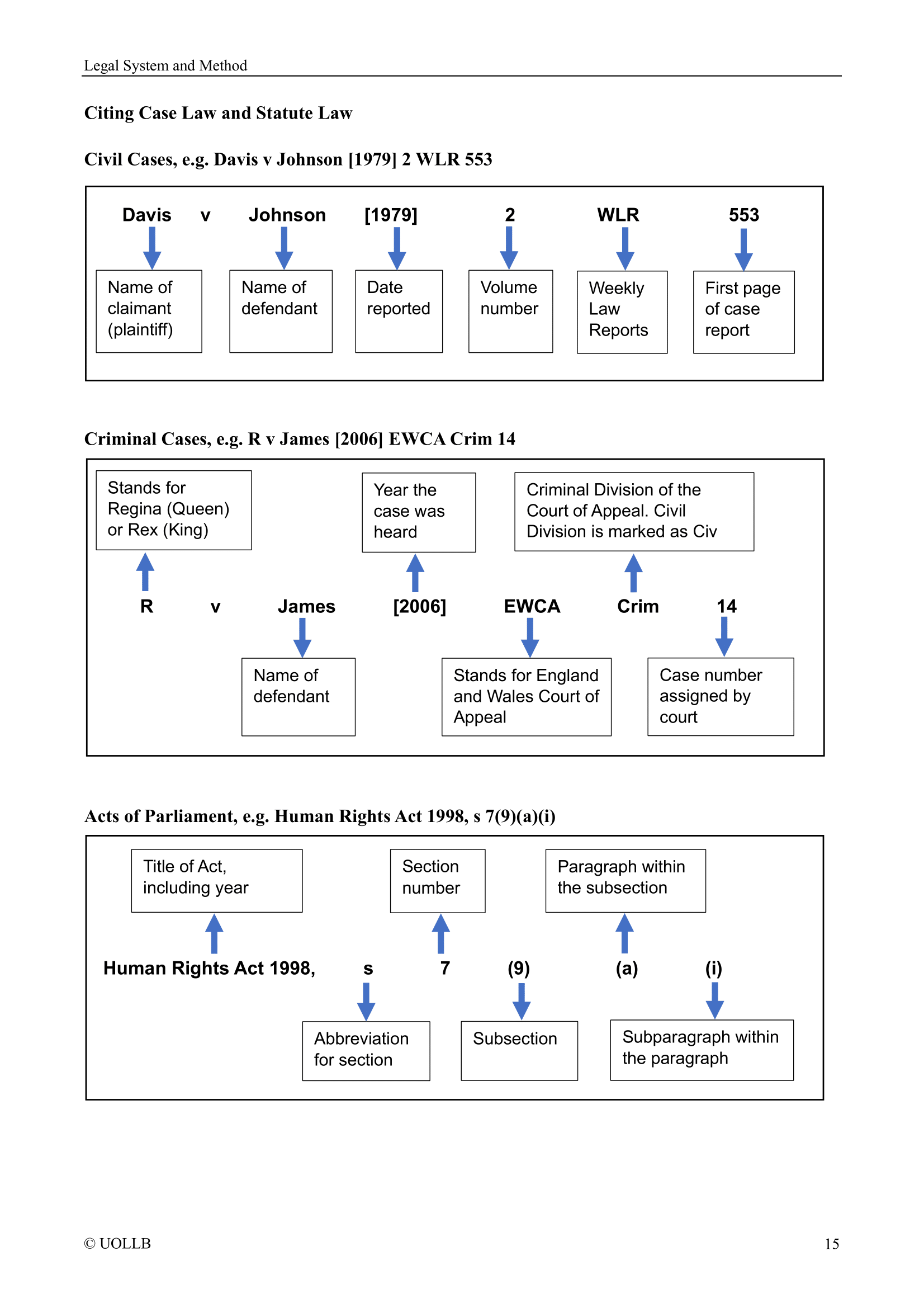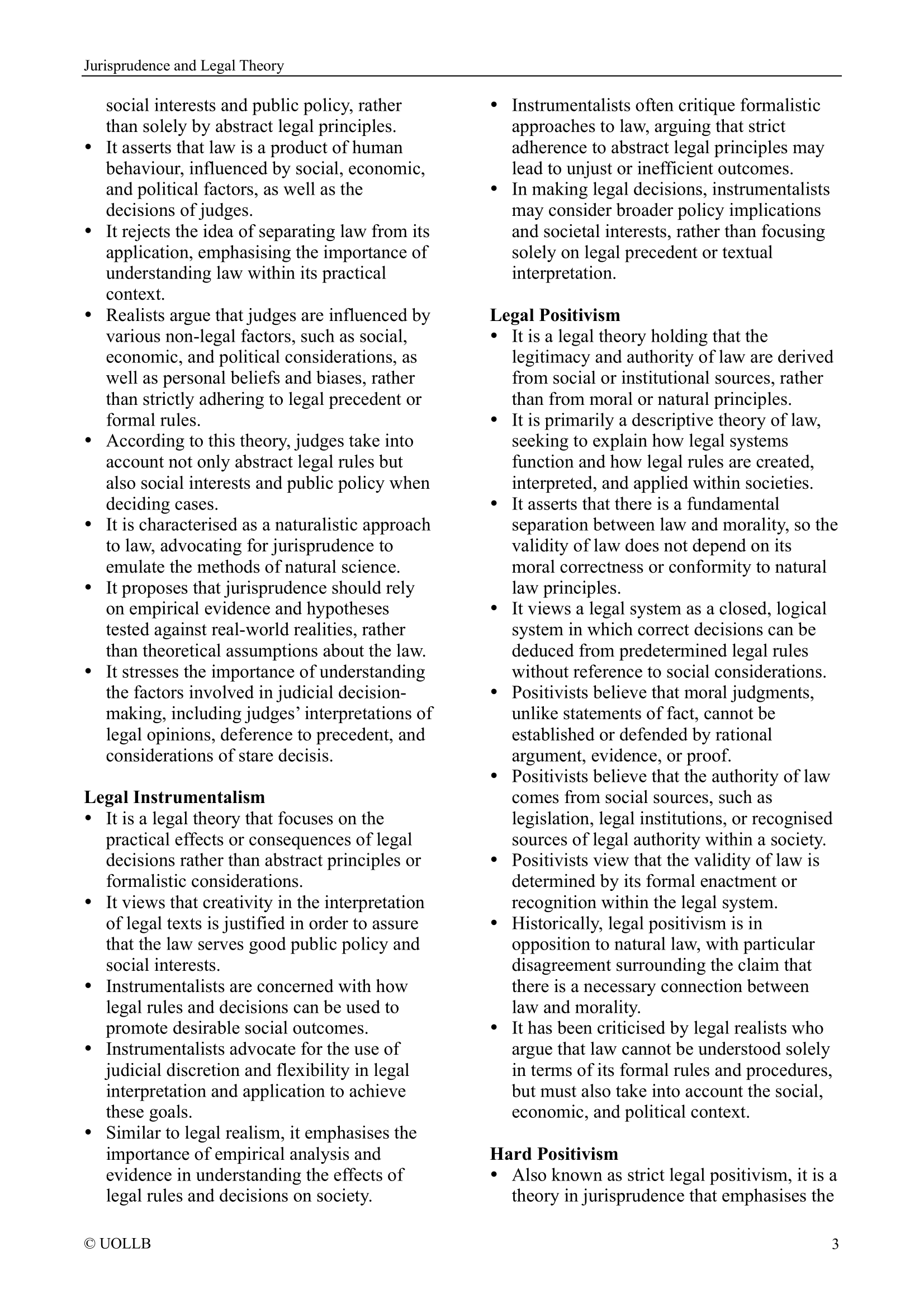Shuttleworth v Cox Bros and Co (Maidenhead) [1927]
Share
Shuttleworth v Cox Bros and Co (Maidenhead) [1927] 1 Ch 154 is a UK company law case that specifically deals with the alteration of a company's constitution.
Cox Bros and Co (Maidenhead) originally had a provision in its articles of association that appointed a board of directors for life. However, the company proposed to amend its articles, allowing a director to lose their position if the other directors, by written request, asked for their resignation. Mr Shuttleworth, a director targeted by these changes, brought a claim arguing that the alteration of the articles was not bona fide for the benefit of the company as a whole.
The Court of Appeal dismissed the appeal, holding that the alteration of the articles was bona fide for the benefit of the company and was, therefore, valid. The court reaffirmed the bona fide test laid down in Sidebottom v Kershaw, Leese & Co [1920].
Bankes LJ, in his judgment, emphasised that the test is whether the alteration of the articles, in the opinion of the shareholders, was for the benefit of the company. He discussed the possibility of the court treating the conduct of shareholders like the verdict of a jury, allowing the court to intervene if the alteration is so oppressive or extravagant that no reasonable person could consider it for the benefit of the company. However, he disagreed with the view that the court's opinion must always prevail when there is a difference with shareholders.
Bankes LJ expressed that if the action of the shareholders is either incapable of being for the benefit of the company or is such that no reasonable person could consider it for the benefit of the company, then the court may intervene. However, in this case, he found that the alteration was not incapable of being for the benefit of the company, and reasonable people could consider it as such.
The judgment established one of the two limbs of the modern-day bona fide intentions test, focusing on the objective assessment of whether the alteration is capable of being considered for the benefit of the company. The subjective limb was later established in Greenhalgh v Ardene Cinemas (No 2) [1946]. The bona fide intentions test is a combination of these two methods of assessment.
